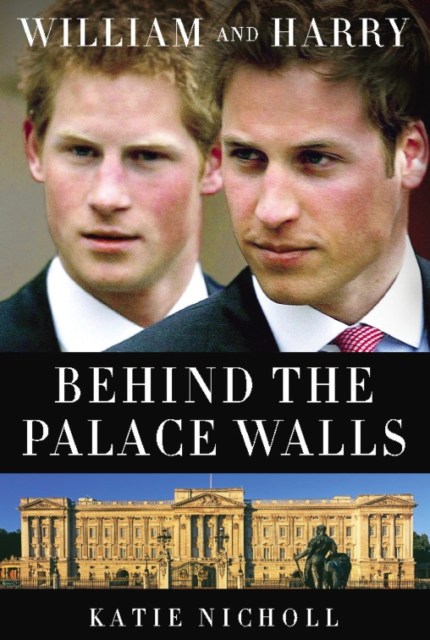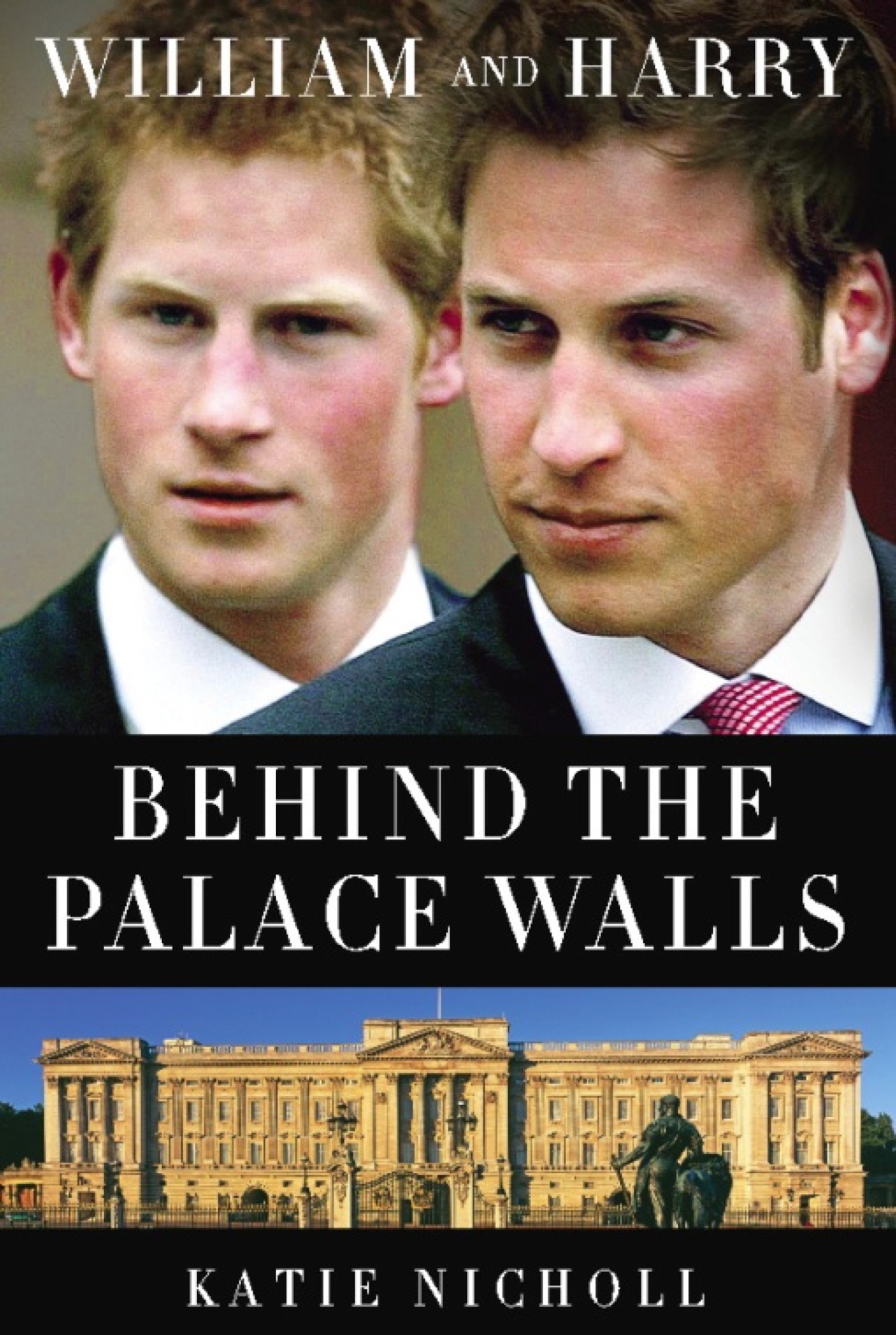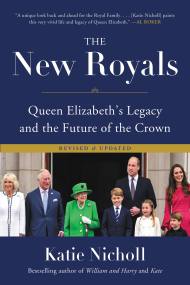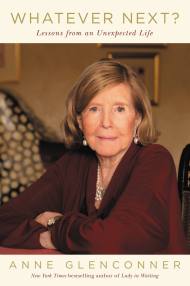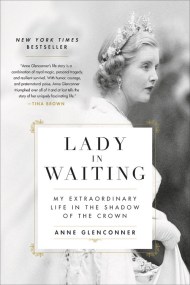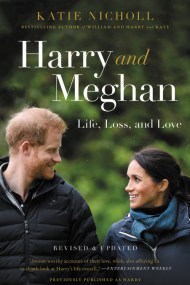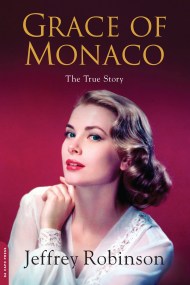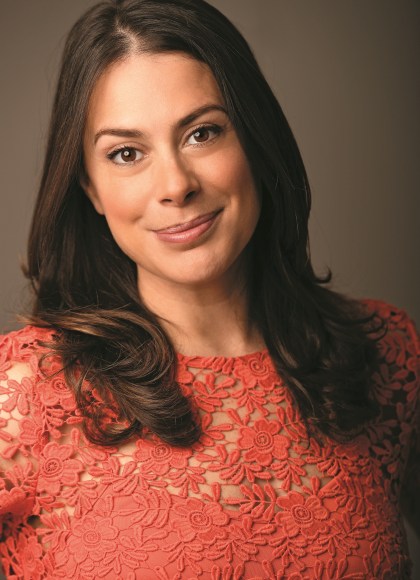Promotion
Use code MOM24 for 20% off site wide + free shipping over $45
William and Harry
Behind the Palace Walls
Contributors
Formats and Prices
Price
$14.99Format
Format:
ebook $14.99This item is a preorder. Your payment method will be charged immediately, and the product is expected to ship on or around November 9, 2010. This date is subject to change due to shipping delays beyond our control.
Also available from:
William and Harry is a fascinating insight into the lives and loves of two extraordinary young men who have captured not only the hearts and minds of not only the British public, but those the world over. This is the definitive book about the princes, bringing their story right up to date. It is the tale of two brothers who have carried the legacy of their mother, Diana, Princess of Wales, into the twenty-first century and on whom the future of the House of Windsor largely depends.
Genre:
- On Sale
- Nov 9, 2010
- Page Count
- 336 pages
- Publisher
- Hachette Books
- ISBN-13
- 9781602861466
Newsletter Signup
By clicking ‘Sign Up,’ I acknowledge that I have read and agree to Hachette Book Group’s Privacy Policy and Terms of Use
